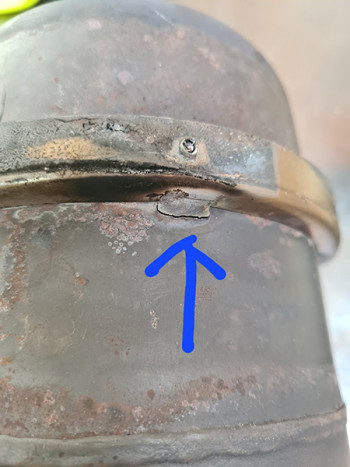By NZAAL CFI, Celroy Mascarenhas
Installing electronic CO detectors across the entire training fleet wasn’t cheap – but we believe that almost immediately, one saved two lives.

Photo courtesy of NZAAL
In February 2020, I received a CAA UK notification of a fatal accident involving a Piper PA-46 Malibu in Britain due to carbon monoxide (CO) poisoning.
Five months later, I received another notification, about a fatal seaplane accident north of Sydney. Blood samples of several of the occupants indicated elevated levels of CO1.
That a well-respected aviation company and a highly experienced pilot could potentially fall prey to CO poisoning hit home.
We operate the New Zealand Airline Academy in Oamaru, where we train mainly international students who want a commercial pilot licence.
It was evident to me the plastic card CO detector was useful only if you were looking at it. There was no other means of having your attention drawn to it, particularly if you’re occupied with flying the plane.
So, within minutes, we were looking at electronic detectors for our entire fleet – both glass cockpit and analogue.
It took some time to receive the CO detectors, due to COVID and subsequent supply chain issues, but we finally installed them in December 2021.
What they do
The electronic CO detectors produce both an audio and visual warning. The audio warning is provided through the headset as a series of beeps.
As the CO level increases, the beeps get louder and more closely spaced. The visual warning is provided on the glass cockpit screen as a number which, as the CO value increases, becomes highlighted in yellow, and then red.
The electronic detector fitted in our analogue cockpits has the same audio warning. It also has a light that stays green during normal operation, turning red when CO is detected.
Immediate benefit
While we were pleased we’d installed the detectors, we also wondered if we’d made the right investment at a time when we needed to be frugal. That changed on 25 February 2022.
A cross-country flight, carrying our senior B-category instructor and a student, returned safely to base after an audio-visual alert from the new CO detector.
The plastic card CO detector, still in the aircraft, had not changed colour, so our initial thoughts were that the electronic CO detector was likely to be faulty.
We couldn’t have been more wrong.
The aircraft’s exhaust muffler had a cracked weld (due to wear and tear, see photo above), which let fumes into the cabin through the heater duct.
It’s hard to say what would’ve happened had we not installed electronic CO detectors. Worst-case scenario? The same as had happened in Sydney, either on the cross‑country, or the following flight.
That realisation sent a shiver down our spines – but it was also evident our investment had paid off – in just weeks.
For more information
Hawkesbury floatplane accident highlights the insidious danger of CO exposure (ATSB)(external link)
CAP2611: Carbon Monoxide Detection - Pilot Survey Summary: 2023 (CAA UK)(external link)
Footnote
1 The Australian Transport Safety Bureau investigation concluded that it was very likely that cracks in the aircraft engine’s exhaust collector ring released exhaust gas into the engine bay, which then entered the cabin through holes in the main firewall where three bolts were missing.
